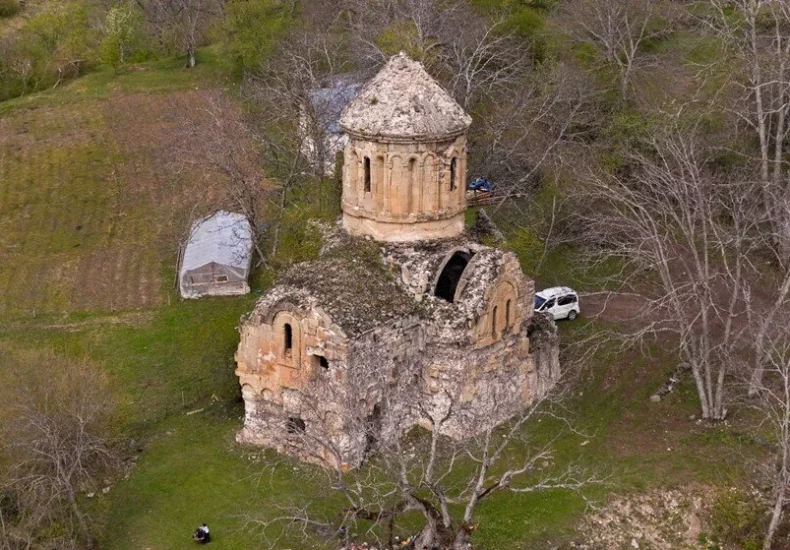
A Historical Discovery in Türkiye’s Black Sea Region: Rabat Monastery Captivates Visitors
Located in northeastern Türkiye’s Artvin Province, near the border with Georgia, the historic Rabat Monastery fascinates history and culture enthusiasts with its architectural features and hidden passages. Nestled in a lush forested valley, this medieval structure offers an immersive journey through time.
Situated in Çamlık (Rabat) Village, part of the Ardanuç district, the monastery lies approximately 17 kilometers from Ardanuç town center. According to Öznur Doğan from NTV, the monastery is believed to have been built by the Bagratid Kingdom in the 10th or 11th century. Its design showcases characteristic elements of the era, such as triangular niches that reflect the interior layout on the exterior, and elaborate carved plant motifs on both façades. Even the dome base features these rare decorative details, highlighting the exceptional masonry craftsmanship of the period.
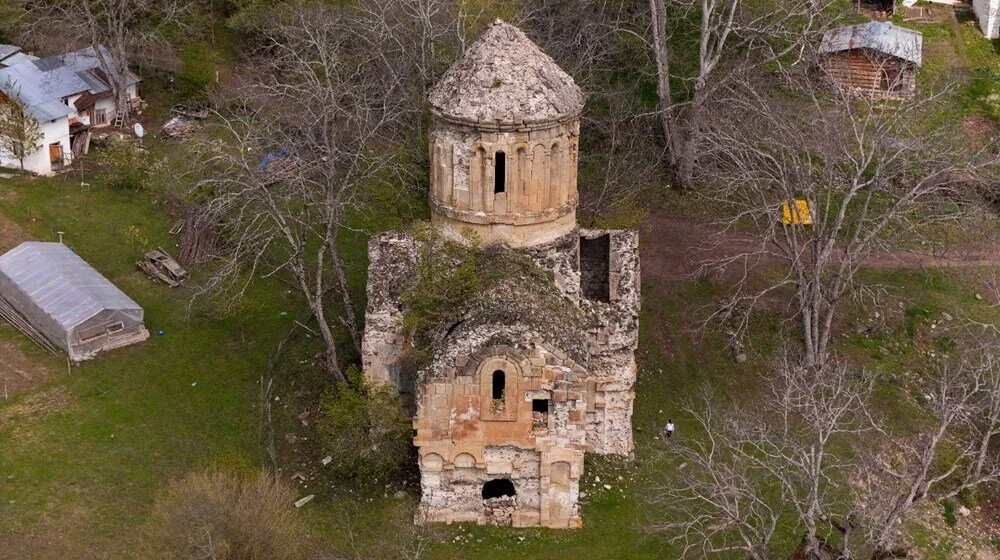
Mysterious Passages and Abandoned Corridors
One of Rabat Monastery’s most intriguing aspects is its network of hidden passages, which reportedly once extended all the way to the nearby Bulanık Stream. Although most of these corridors have deteriorated over time, the remnants still draw visitors eager to uncover their secrets. By the late 16th century, the monastery was abandoned, and today only the church section remains standing—yet it is enough to immerse guests in an authentic medieval atmosphere.
📣 Our WhatsApp channel is now LIVE! Stay up-to-date with the latest news and updates, just click here to follow us on WhatsApp and never miss a thing!!
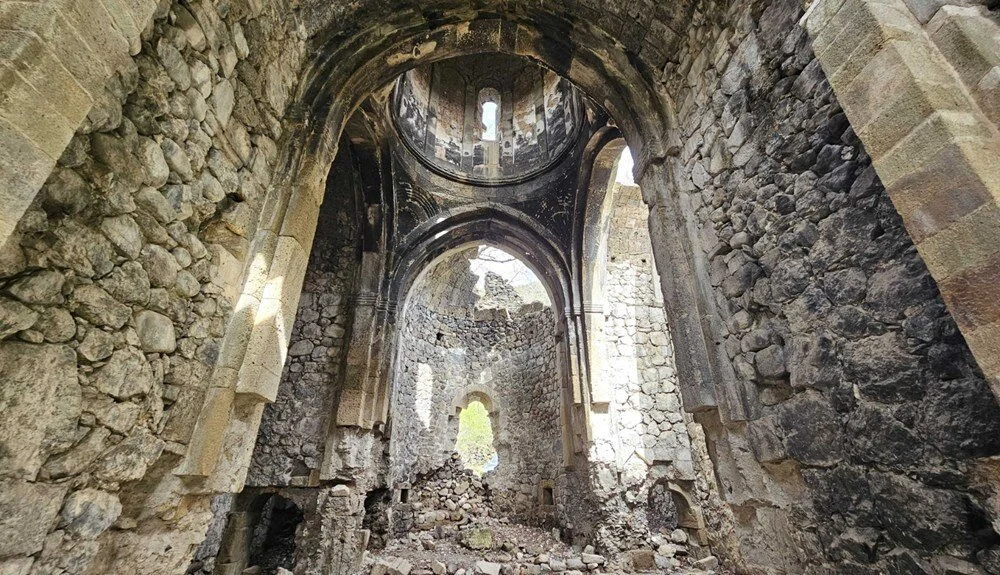
A Journey Through Nature and History
Surrounded by dense woodlands, Rabat Monastery provides not only a glimpse into the past but also a tranquil setting for exploration. The harmony between the natural landscape and the stone structure creates a peaceful environment, making it an ideal destination for anyone seeking both historical insight and scenic beauty in Türkiye’s Black Sea region.
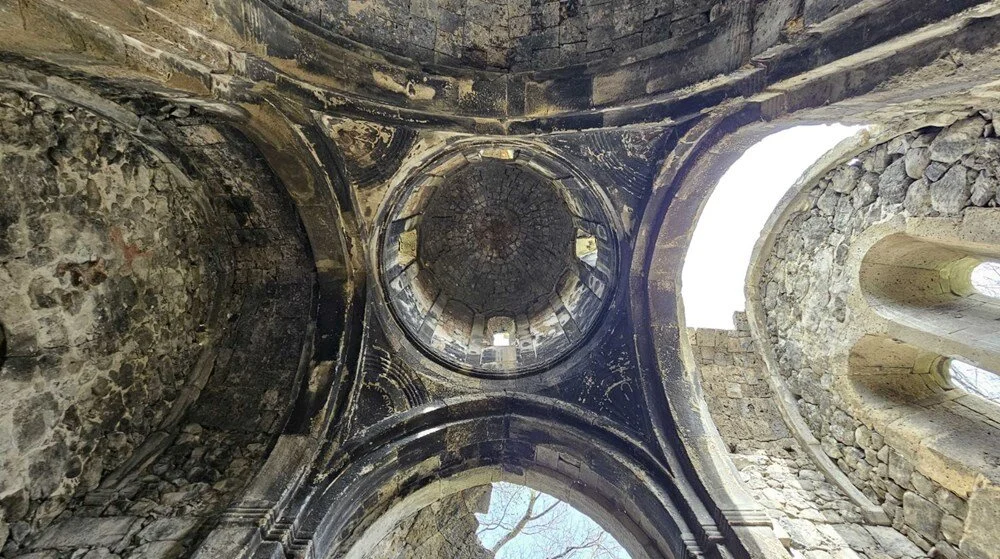
Preservation and Promotion Await
Recognized for its cultural significance, Rabat Monastery is the focus of calls from locals and historians to ensure its conservation and to elevate its profile as a tourist destination. Restoration efforts are under discussion to safeguard the site for future generations and to fully reveal its hidden architectural treasures.
You may also like
- A 1700-year-old statue of Pan unearthed during the excavations at Polyeuktos in İstanbul
- The granary was found in the ancient city of Sebaste, founded by the first Roman emperor Augustus
- Donalar Kale Kapı Rock Tomb or Donalar Rock Tomb
- Theater emerges as works continue in ancient city of Perinthos
- Urartian King Argishti’s bronze shield revealed the name of an unknown country
- The religious center of Lycia, the ancient city of Letoon
- Who were the Luwians?
- A new study brings a fresh perspective on the Anatolian origin of the Indo-European languages
- Perhaps the oldest thermal treatment center in the world, which has been in continuous use for 2000 years -Basilica Therma Roman Bath or King’s Daughter-
- The largest synagogue of the ancient world, located in the ancient city of Sardis, is being restored

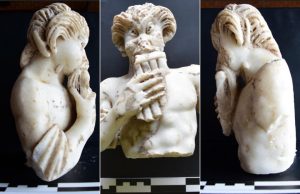
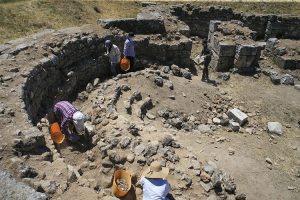
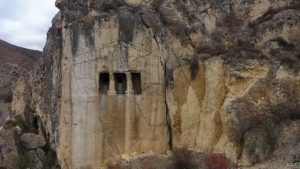
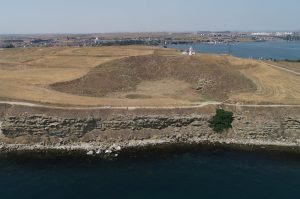
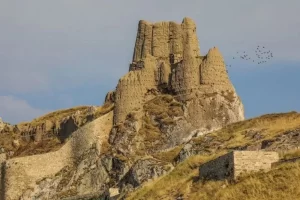
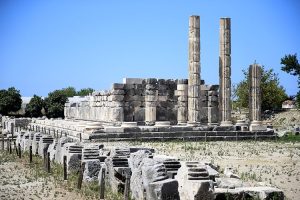


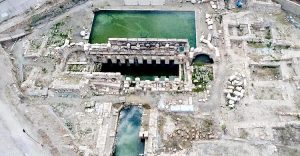
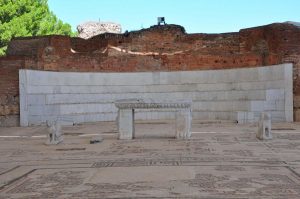
Leave a Reply